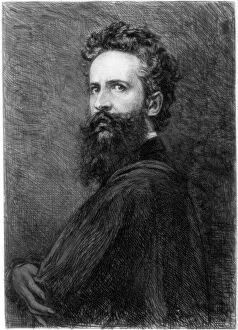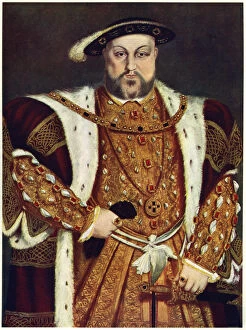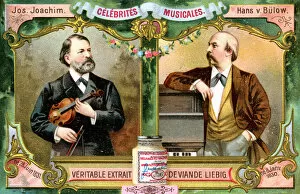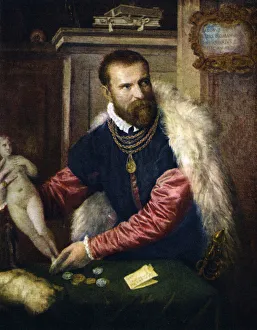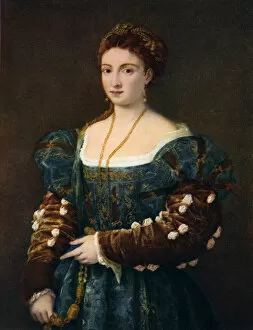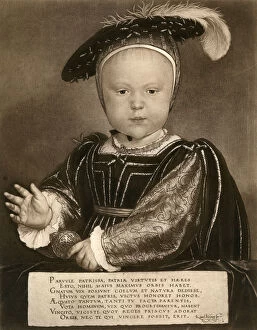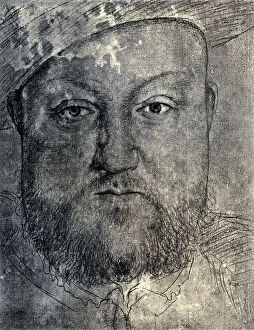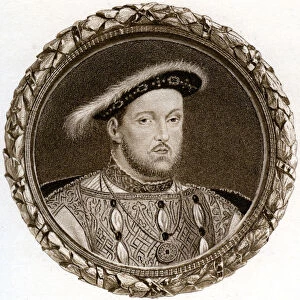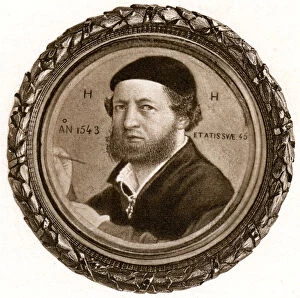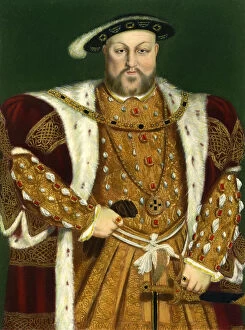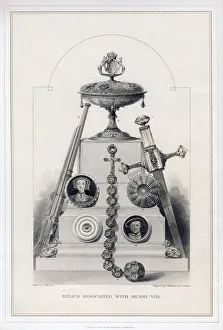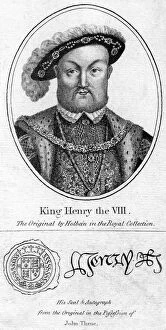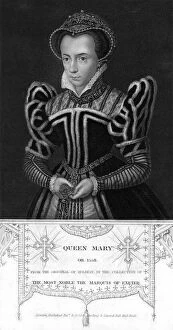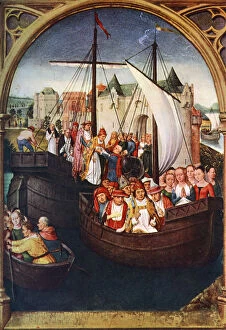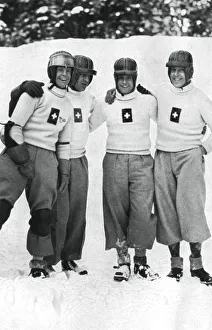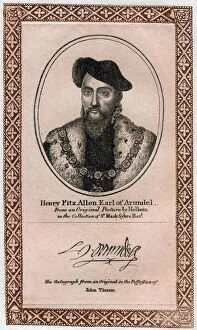Hans Collection (page 19)
"Hans: A Master of Art and Imagination" Hans, a name that echoes through the annals of art history
All Professionally Made to Order for Quick Shipping
"Hans: A Master of Art and Imagination" Hans, a name that echoes through the annals of art history. From the intricate brushstrokes of Memling's "Passion of the Christ" to Holbein, the Younger's captivating portraits, it has left an indelible mark on the world. In his hands, King Henry VIII comes to life in vivid detail. Whether it be the regal gaze captured in "Portrait of King Henry VIII of England, 1540, " or the introspective portrayal seen in "Portrait of King Henry VIII of England, 1537-1541, " Hans reveals both power and vulnerability within this iconic monarch. But Hans' talent extends beyond royal subjects. In Bohrdt's propaganda piece titled "The Last Man, " we witness his ability to evoke emotion and provoke thought with every stroke. Similarly, Edmund Dulac brings enchantment to life with his illustration for Hans Christian Andersen's fairy tale - a shining potion held delicately by a mysterious figure. Holbein, known for his attention to detail and realism, showcases his mastery once again in woodcuts like "Death and the Soldier" from The Dance of Death series. These haunting images remind us all that mortality is an ever-present companion. Yet amidst these somber depictions lies beauty too - as exemplified by Jeannie Harbour's drawing capturing Andersen's beloved character from "The Little Mermaid. " It transports us into a world where dreams merge seamlessly with reality. Hans' versatility shines through not only in portraiture but also landscapes like Donegal's farmlands - a testament to his ability to capture nature’s essence on canvas. And let us not forget Rutherford and Geiger immortalized forever in their laboratory by unknown hands; their groundbreaking scientific discoveries preserved for generations. Jane Seymour gazes back at us from Holbein’s portrait.


